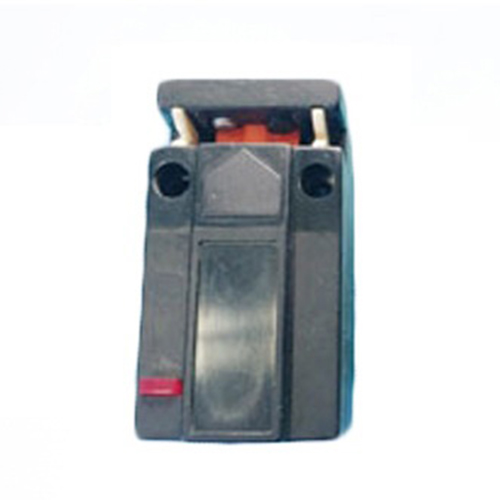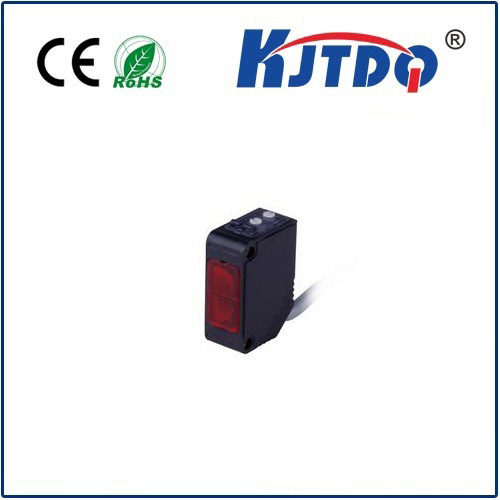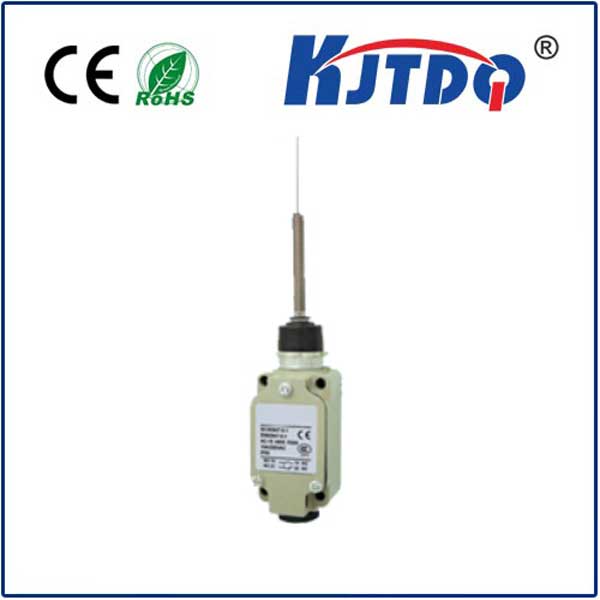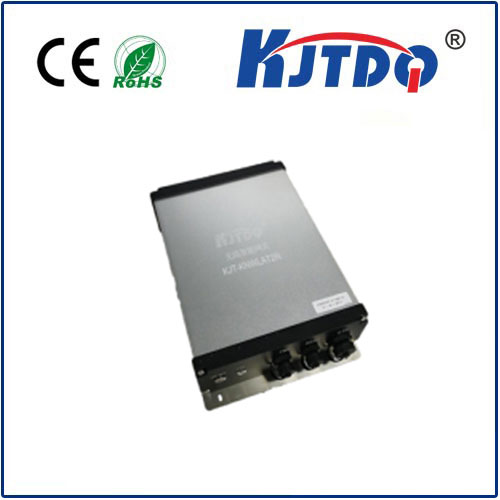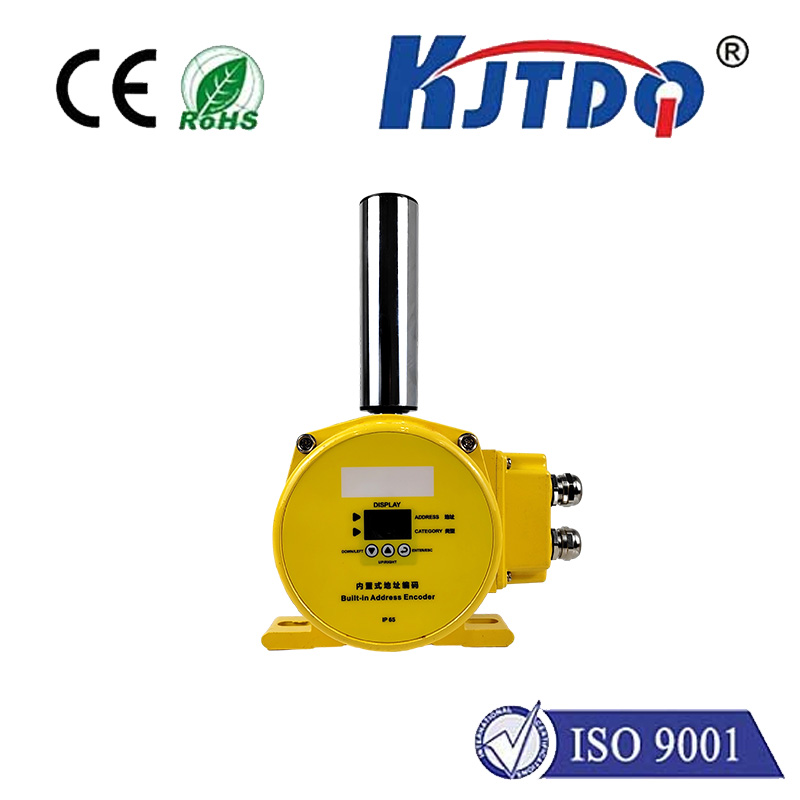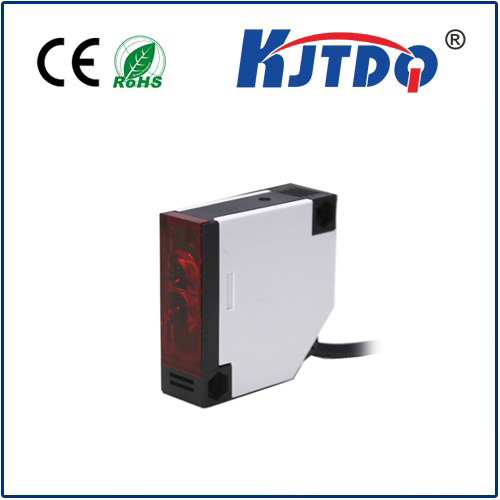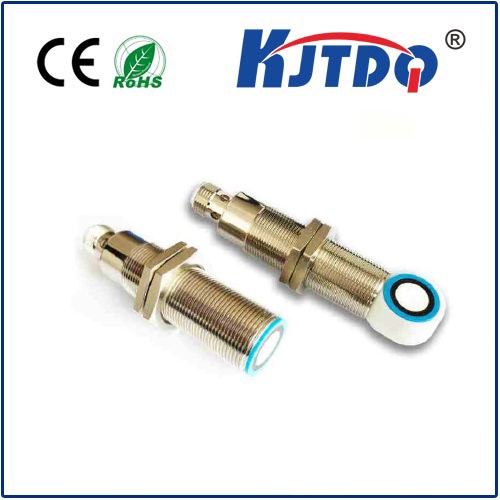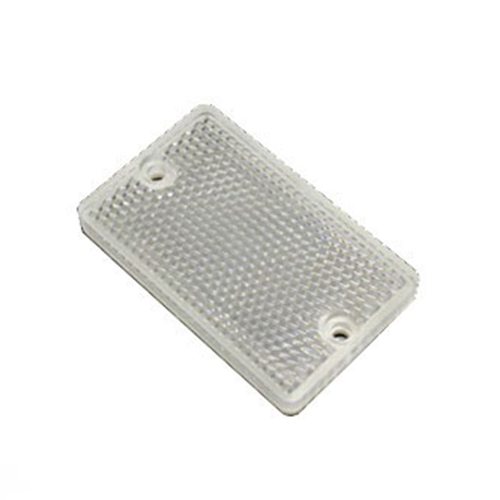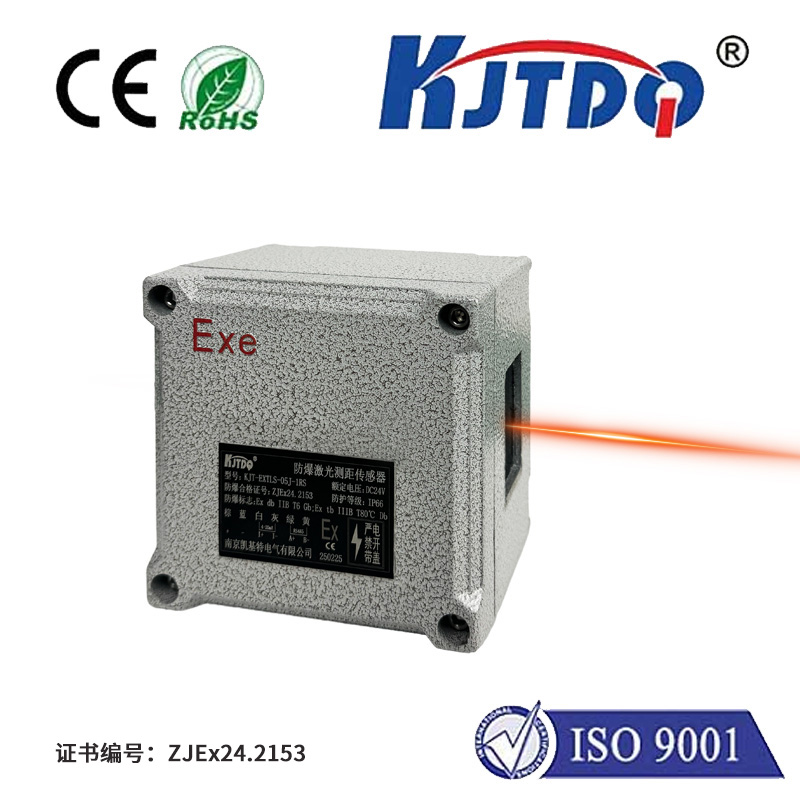электромагнитный индукционный датчик
- time:2025-06-18 00:00:06
- Нажмите:0
The Power of Non-Contact Sensing: Demystifying Electromagnetic Induction Sensors
In a world increasingly driven by automation, precise detection and measurement are paramount. Enter the электромагнитный индукционный датчик – a workhorse of industrial and technological landscapes, silently enabling countless processes without physical touch. How does this unassuming device translate invisible magnetic fields into actionable data? This article delves into the fascinating principles behind these sensors, exploring their inner workings, diverse applications, and why they remain a cornerstone of non-contact sensing.
At its core, the electromagnetic induction sensor operates on the fundamental physical law discovered by Michael Faraday: electromagnetic induction. Simply put, when a conductive material enters or moves within a changing magnetic field, it generates circulating currents within itself, aptly named eddy currents. The sensor cleverly exploits this phenomenon to detect the presence, proximity, position, displacement, or even specific properties of a target object.
The Core Mechanism: Faraday’s Law in Action
Imagine a coil of wire (the sensor’s primary component) energized by an alternating current (AC). This AC current creates a dynamic, oscillating magnetic field around the coil. When a conductive target – typically a metal like steel, aluminium, or copper – approaches this field, the changing magnetic flux induces those eddy currents within the target itself. These eddy currents, in turn, generate their own opposing magnetic field. This secondary magnetic field interacts with the primary field generated by the coil. Crucially, this interaction alters the characteristics (such as impedance, inductance, or resonant frequency) of the sensor’s coil circuit.
The sensor’s integrated electronics act as a sophisticated interpreter. They meticulously monitor these subtle changes in the coil’s electrical properties. By analyzing the shift in impedance or resonant frequency, the sensor can precisely determine:

- Presence/Absence: Detecting if a conductive object is within its sensing range.
- Position/Displacement: Measuring how close or far the target is from the sensor face.
- Composition/Thickness: In specialized versions, gauging properties like material type or thickness based on differences in eddy current response.
Key Components and Variations
While the fundamental principle is consistent, electromagnetic induction sensors come in varying designs optimized for different tasks:
- Coil Assembly: The heart of the sensor, designed to generate the optimal magnetic field and efficiently pick up the changes caused by eddy currents. The coil’s geometry and winding significantly impact performance characteristics.
- Oscillator Circuit: Generates the high-frequency AC current (ranging from kHz to MHz) that drives the coil, creating the essential alternating magnetic field.
- Detection Circuitry: This sophisticated electronics package analyzes the minute changes in the coil’s electrical characteristics (like impedance magnitude and phase shift) induced by the target’s presence. It converts this complex analog signal into a usable output.
- Output Stage: Provides the processed signal to the control system. This is commonly a simple Цифровой вывод (like PNP/NPN switching signals indicating “target present/absent”) or an analog output (like 4-20 mA or 0-10 V signals proportional to target distance).
- Housing: Protects the delicate internal components from environmental factors like dust, moisture, chemicals, and mechanical impact. Housing materials (stainless steel, PBT, etc.) are chosen based on application demands.
Where Electromagnetic Induction Sensors Shine (Applications)
The unique advantages of non-contact operation, robustness, and insensitivity to non-conductive materials make these sensors indispensable across numerous industries:
- Промышленная автоматизация: The backbone of factory floors. Used for:
- Position Feedback: Monitoring cylinder piston position in pneumatic/hydraulic systems.
- Object Detection: Counting metallic parts on conveyors, verifying presence in assembly lines.
- End-of-Travel Detection: Ensuring machine parts reach their correct limits without contact wear.
- Vibration Monitoring: Detecting shaft runout or bearing wear (using specialized proximity probes).
- Thickness Gauging: Measuring non-conductive coatings (like paint or plastic) on conductive substrates based on liftoff distance.
- Автомобильная промышленность: Employed extensively for:
- Throttle Position Sensing (TPS): Accurately measuring throttle valve angle.
- Suspension Position Sensing: Monitoring ride height and damper position.
- Brake Wear Sensing: Detecting thinning brake pads.
- Transmission Speed Sensing: Measuring rotational speed of gears or shafts.
- Crankshaft/Camshaft Position Sensing: Critical for engine timing control.
- Воздушно - космические и Оборона: Used in harsh environments for landing gear position, flap position, engine vibration monitoring, and weapon systems due to their reliability and robustness.
- Consumer Electronics: Less visible but present, for instance, in certain types of non-contact switches or lid closure detection mechanisms on premium appliances.
- Security: Found in covert metal detection systems.
The Compelling Advantages
Why choose an electromagnetic induction sensor for your sensing needs? The benefits are compelling:
- True Non-Contact Operation: Eliminates mechanical wear and tear, ensuring exceptionally long operational life and maintenance-free performance. This is their defining characteristic.
- High Reliability & Robustness: Sealed housings protect against harsh industrial environments (oil, dust, vibration, moisture). No moving parts to fail.
- High Resolution & Repeatability: Capable of detecting minute positional changes with stunningly consistent results.
- Speed: Rapid response times make them ideal for high-speed machinery and production lines.
- Insensitivity to Contaminants: Water, oil, dust, and dirt between the sensor and target generally do not affect performance.
- Material Specificity: Primarily responds to conductive materials, ignoring plastics, woods, or non-metallic composites surrounding the target, simplifying sensing in complex environments.
Considerations When Choosing
While powerful, selecting the right electromagnetic induction sensor requires attention to key parameters:
- Sensing Distance: The maximum range for reliable detection. Actual range depends on target size, shape, and magnetic permeability.
- Target Material: The sensor’s effective range and sensitivity vary significantly based on the target’s conductivity and permeability. Ferromagnetic materials (like iron, steel) offer the longest range. Sensor specifications often list a “correction factor” for non-ferrous metals like aluminium or copper.
- Operating Frequency: Higher frequencies generally enable smaller sensor sizes and faster response but may have reduced penetration depth. Lower frequencies can penetrate thicker coatings.
- Output Type: Digital switching (NPN/PNP) for presence/absence, analog output for proportional distance, or IO-Link for digital communication and diagnostics.
- Environmental Conditions: Temperature range, pressure, chemical exposure, shock, and vibration ratings must match the application.
- Size & Mounting: Physical constraints often dictate the sensor dimensions and flange type.
The Future Pulse: Enduring Relevance
Electromagnetic induction sensors have proven their worth over decades. While newer technologies emerge, their unique blend of robustness, non-contact reliability, simplicity, and cost-effectiveness ensures they remain a dominant force in position and proximity sensing. Innovations continue, focusing on miniaturization, enhanced signal processing for even greater accuracy and noise immunity, integration with industrial communication protocols like IO-Link for smarter diagnostics, and extending sensing ranges for challenging applications. Understanding the core principles of electromagnetic induction empowers engineers to harness the power of these versatile sensors effectively.

